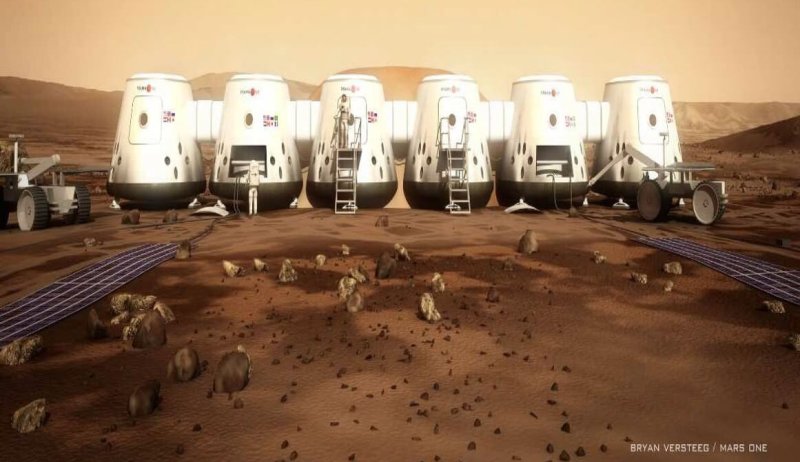…
Many NASA researchers are interested in biomimicry because it promises pure efficiency, a must given the high cost of transporting materials into space. But there’s also the prospect of eliminating the need to transport things entirely. Organisms build themselves from the available raw materials of their environment, in the form of food (however defined) and environmental sources of water.
For instance, if a Mars habitat could be built—or assemble itself from modular components—using materials obtained on Mars itself, it would potentially save a vast amount of mass during launch from Earth. That, in turn, translates into fuel savings, possibly allowing for the spacecraft to carry other important cargo.
…
Efficiency of resource use is more than a green design choice for space exploration: it’s an absolute necessity. Any material that can’t be recycled or repurposed is a waste of space and mass; wasted resources or hazardous end-products could be dangerous or fatal to astronauts. Potential crewed Mars missions are on many biomimicry researchers’ minds for that reason.
Read full, original post: “Life, uh, finds a way”—Applying lessons from evolution to go to Mars































